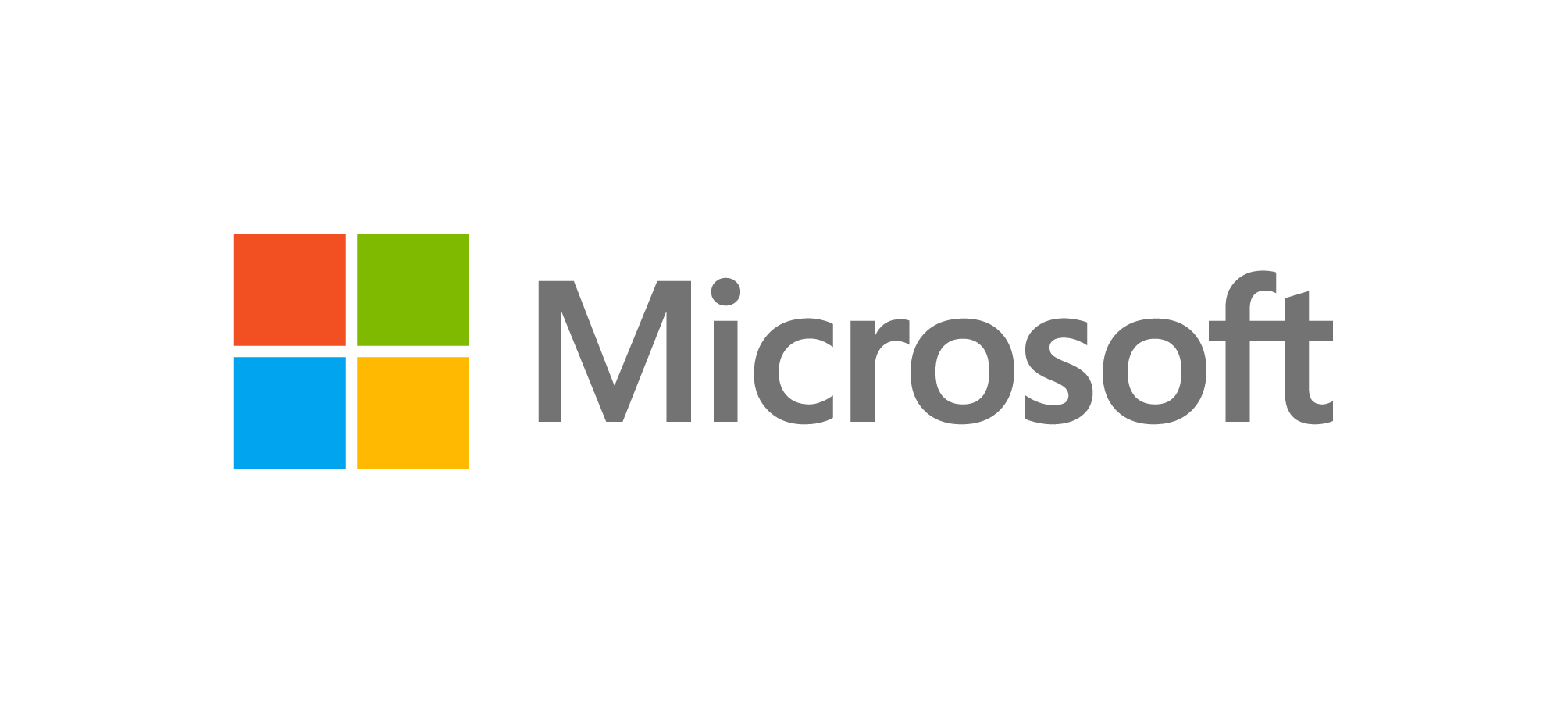14. Computer Vision
Introduction
When computers were first developed, the only way they could interact with the outside world was through the input that people wired or typed into them. Digital devices today often have cameras, microphones and other sensors through which programs can use to perceive the world we live in automatically. Processing images from a camera, and looking for interesting information in them, is what we call computer vision.



